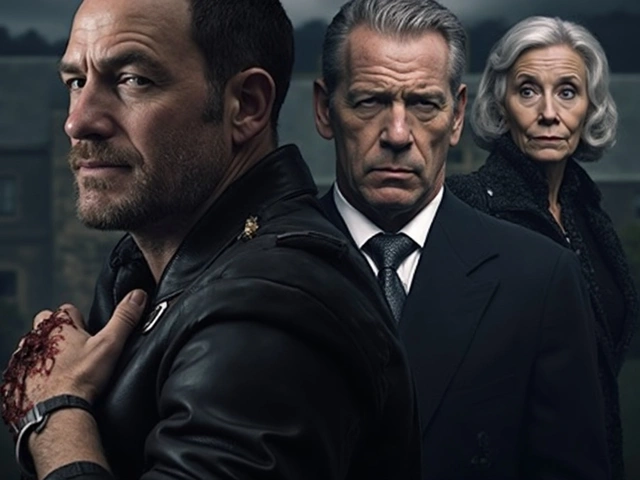Action Stunts in Sports Coaching: Practical Tips for Safe, High‑Impact Training
If you’re a coach looking to add some wow‑factor to your sessions, action stunts can be a game‑changer. Whether it’s a parkour flip, a football juggling trick, or a gymnastics tumble, the right approach makes the difference between a thrilling performance and a risky mishap.
Start with the Basics: Build Strength and Mobility
Before any athlete attempts a full‑on stunt, focus on the foundation. Core strength, hip flexibility, and ankle stability are the three pillars that keep bodies under control. Simple moves like planks, lunges, and dynamic stretches should be part of every warm‑up. When players feel solid in those basics, they’re more likely to land a back‑flip or a high‑jump without wobbling.
Ask your athletes to track progress with a short journal. Note how many reps they can hold in a plank or how deep they can squat. Seeing numbers improve gives confidence and lets you spot gaps early.
Progressive Drills: From Slow to Fast
Break each stunt into bite‑size steps. Take a basketball dunk, for example: start with a vertical jump drill, then add a single‑step approach, then practice the full run‑up without the ball. Film each stage so athletes can see what they’re doing right and where they need adjustments.
When you move to faster, more complex moves, keep the same progression mindset. A parkour roll should begin on a mat, then transition to a low wall, and finally to a real‑world obstacle. This method builds muscle memory while keeping injury risk low.
Encourage partners to give quick, specific feedback – "Your landing was flat, but your hips stayed tight" – rather than vague praise. Clear cues speed up learning.
Safety Gear and Spotting
Even the best‑trained athlete can slip. Make safety equipment a non‑negotiable part of every stunt session. Use crash mats, padded helmets, and wrist guards where needed. For high‑risk moves, always have a spotter who knows how to catch and support without interfering with the motion.
Teach spotters the "two‑hand, firm, but loose" rule: they should match the athlete’s momentum, not fight it. Practicing spotting drills helps the whole team stay in sync.
Coaching Mindset: Keep It Fun and Realistic
Action stunts are exciting, but they can also feel intimidating. Keep the atmosphere light. Celebrate small wins, like nailing a perfect roll, and remind athletes that failure is part of the process.
Set realistic goals based on age and experience. A 12‑year‑old won’t need the same progression as a college athlete. Tailor drills so each player feels challenged but not overwhelmed.
Finally, tie stunts back to game performance. Show how a quick tumble can help a rugby player evade a tackle, or how a precise flip can improve a gymnastics routine score. When athletes see the purpose, they’ll put in the effort.
Quick Checklist for Your Next Stunt Session
- Warm‑up with core, mobility, and balance drills.
- Break the stunt into 3‑5 progressive steps.
- Film each step for visual feedback.
- Use appropriate safety gear and assign spotters.
- End with a cool‑down and a brief talk on what went well.
By following these steps, you’ll help athletes master action stunts safely and confidently. Ready to add that next level of excitement to your coaching? Start simple, stay consistent, and watch the performances lift off.
Kieran Lockhart, May, 15 2025
Mission: Impossible – The Final Reckoning: Tom Cruise Pushes Limits, but Can Action Save a Convoluted Plot?
Mission: Impossible – The Final Reckoning opened at Cannes, dazzling with Tom Cruise’s extreme stunts but drawing criticism for its overstuffed plot and lengthy runtime. The film’s mix of throwback action and AI-driven storytelling split critics, who admire its technical mastery but question its narrative choices.
View More




